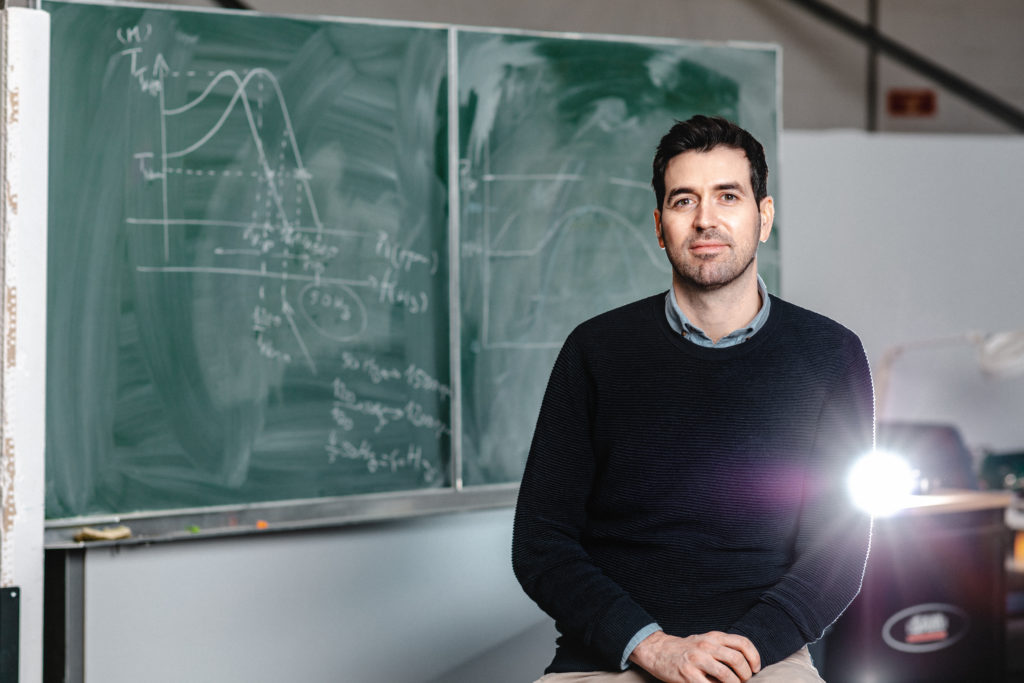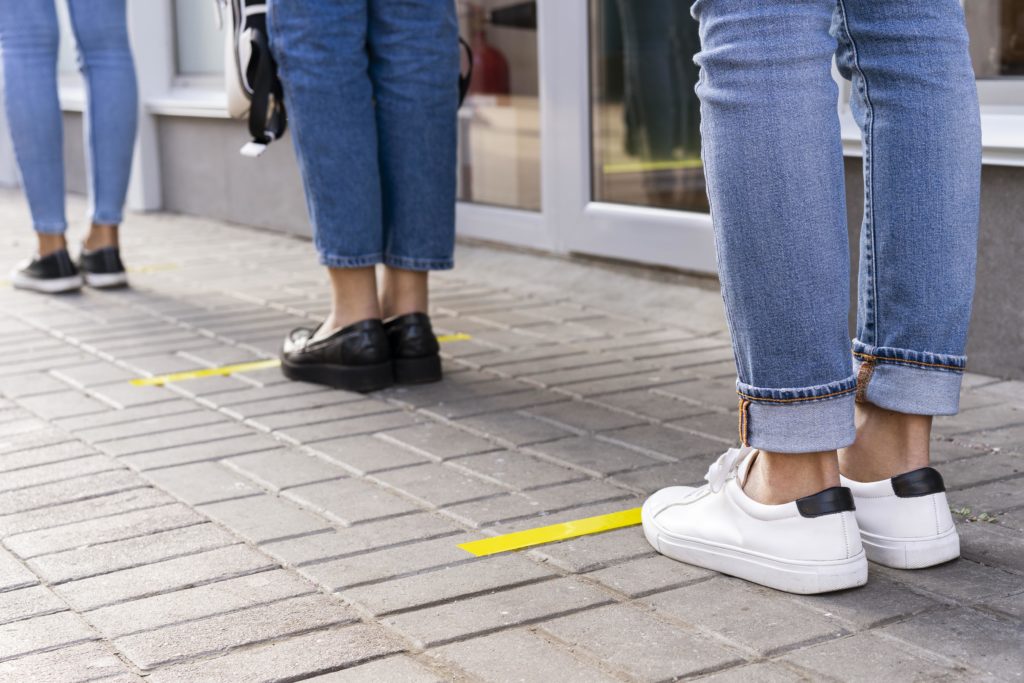Dr. Raphaël Frank is a research scientist and entrepreneur at the University of Luxembourg’s SnT. He is applying his expertise in computer vision to meet the challenges of the COVID-19 crisis. Maintaining physical distance in public areas is a crucial element to help stem the spread of the disease, and yet it is challenging to monitor where and when it is being implemented effectively. His project will use machine learning to develop statistics that can help identify crowded areas and adapt safety measures accordingly.
The project, entitled PEOPLE (Privacy Preserving Monitoring of Social Distancing in Public Environments), has been awarded an FNR grant to fund work on this expedited, urgent project for the next six months. In this short interview, Frank explains his participation in ongoing COVID-19 projects.
"Tools like this will be crucial to the success of our collective efforts to get the economy moving again, without compromising public health."
Dr. Raphaël Frank, SnT Tweet

Like a lot of other people, I saw an opportunity to help by applying what I can already do and the tools I already have to the pandemic’s challenges. For some people, that meant finding creative ways to produce ventilators or personal protective equipment (PPE). For me, that means looking for opportunities to apply the algorithms I already work with to help our community. My research, before the crisis, focused on autonomous driving and its supporting technologies. In this research area, cameras are used to capture an image that our algorithms then turn into data that a self-driving car can act on. For example, telling the car that an object is two meters in front of it.
When the physical distancing guidance was announced I realised that we could use already existing security cameras to create a dashboard that gives an overview of how much physical distance is being maintained by crowds in a public environment. This could help authorities become aware of crowded hotspots and implement further health and safety measures. That idea has turned into this project, which is a Proof-of-Concept (PoC) project, exploring and testing the potential of implementing this system. Ultimately, we hope to create a system that can display actionable statistics. Tools like this will be crucial to the success of our collective efforts to get the economy moving again, without compromising public health.
"Medical experts could use the data to see if there was a correlation between large gatherings and a spike in the infection rate."
Dr. Raphaël Frank, SnT Tweet
It’s a common misconception that GDPR means we can’t innovate. That’s simply not true. We don’t need to choose between being cutting-edge and being GDPR compliant. What’s important is that whenever we work with data, we take the necessary precautions. In our research on automated driving, and in particular in a project we have been working on where we are monitoring a public bus route, we already have to take steps to preserve the privacy of the public. When we do research on this type of data, we put it through an anonymisation system. This blurs out license plate numbers and faces. After the data goes through this process, we have no way of accessing the identifying information. All we see in the end is the metadata about the image. We are proposing that we use the same tools to anonymise the data from security cameras.
Actually, this is a bit counter-intuitive, but using data from images to monitor physical distances might actually preserve individual privacy more than other options for monitoring physical-distancing compliance, such as location data from cell phone providers. It would be really difficult to use our system to extrapolate further private information about the individuals captured anonymously in the dataset. On top of that, we have also been in contact with the University of Luxembourg’s Data Protection Office and Ethics Committee. They have validated the project’s methods and its potential, and will be putting me in touch with legal experts. With their help, we can make sure that whatever system we develop is fully private.

This is a Proof-of-Concept project, so that means we need to demonstrate the effectiveness of the system. To do that right now we are using data from publicly available webcams in locations like Times Square in New York City, or the Brandenburg Gate in Berlin. We put the data from those public video streams into our anonymisation and data-extraction algorithms. Then we can take the anonymised, organised dataset and run all sorts of statistics on it that are displayed in a dashboard. We want to be able to show things like how the population density in a space changes over time, and which locations are most likely to become bottlenecks or gathering spots. Once everything is completed, we hope that anyone with a CCTV system, from the municipal police department to a large private shopping centre, would be able to use our tool on their CCTV systems as a privacy-preserving way to monitor physical distancing compliance in the space they are responsible for. Our plan is to get the tool into the hands of people so they can start using it very quickly.
This project is focused on how the data can actually be created and delivered to authorities, in a privacy compliant way. How the authorities choose to use the data to then inform their actions is a different and complex issue. Certain reactions based on the data would make practical sense though. In the event that an area was identified as a hotspot, steps could be taken to avoid large gatherings in that location such as barriers or limiting access. Additionally, medical experts could use the data to see if there was a correlation between large gatherings and a spike in the infection rate.